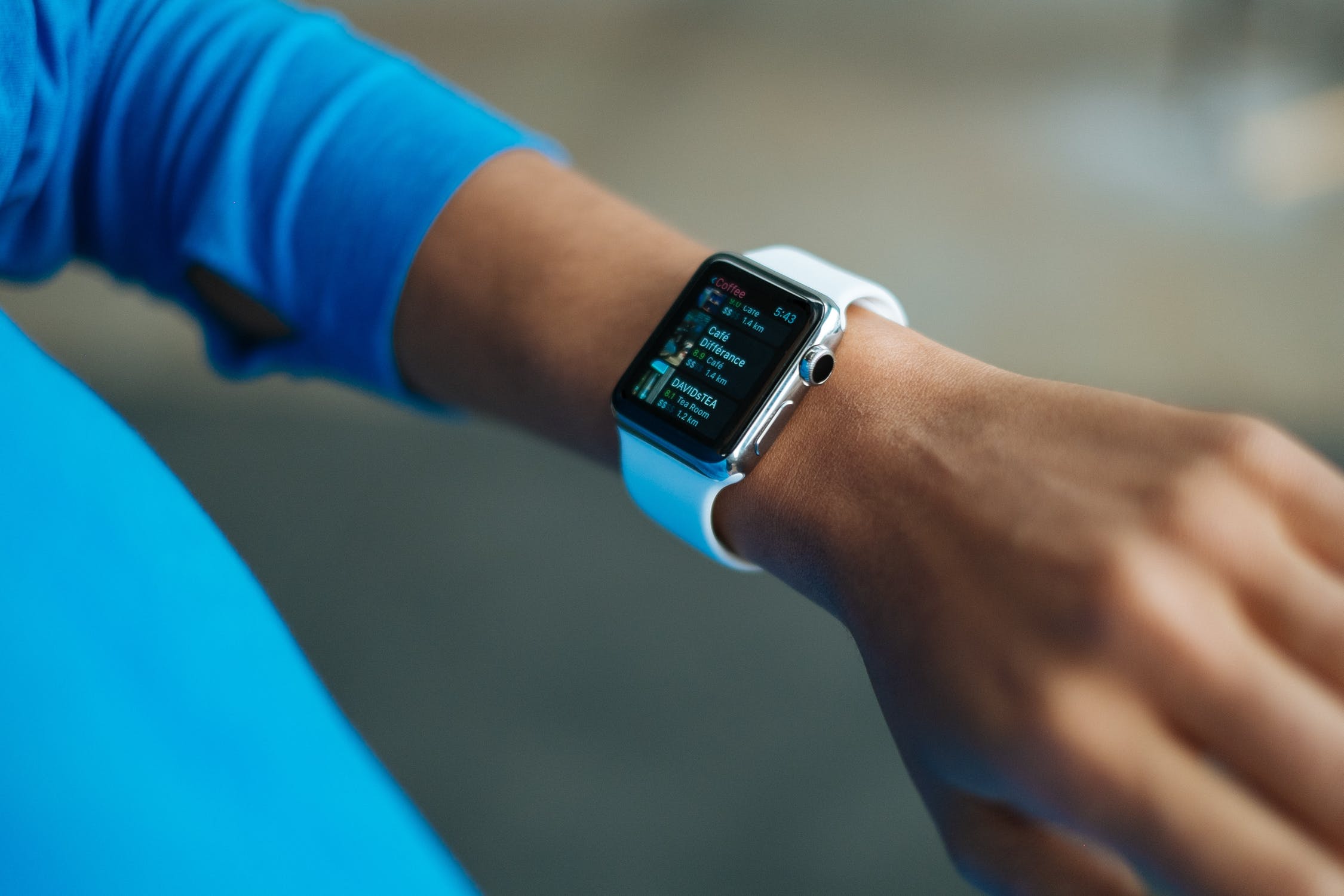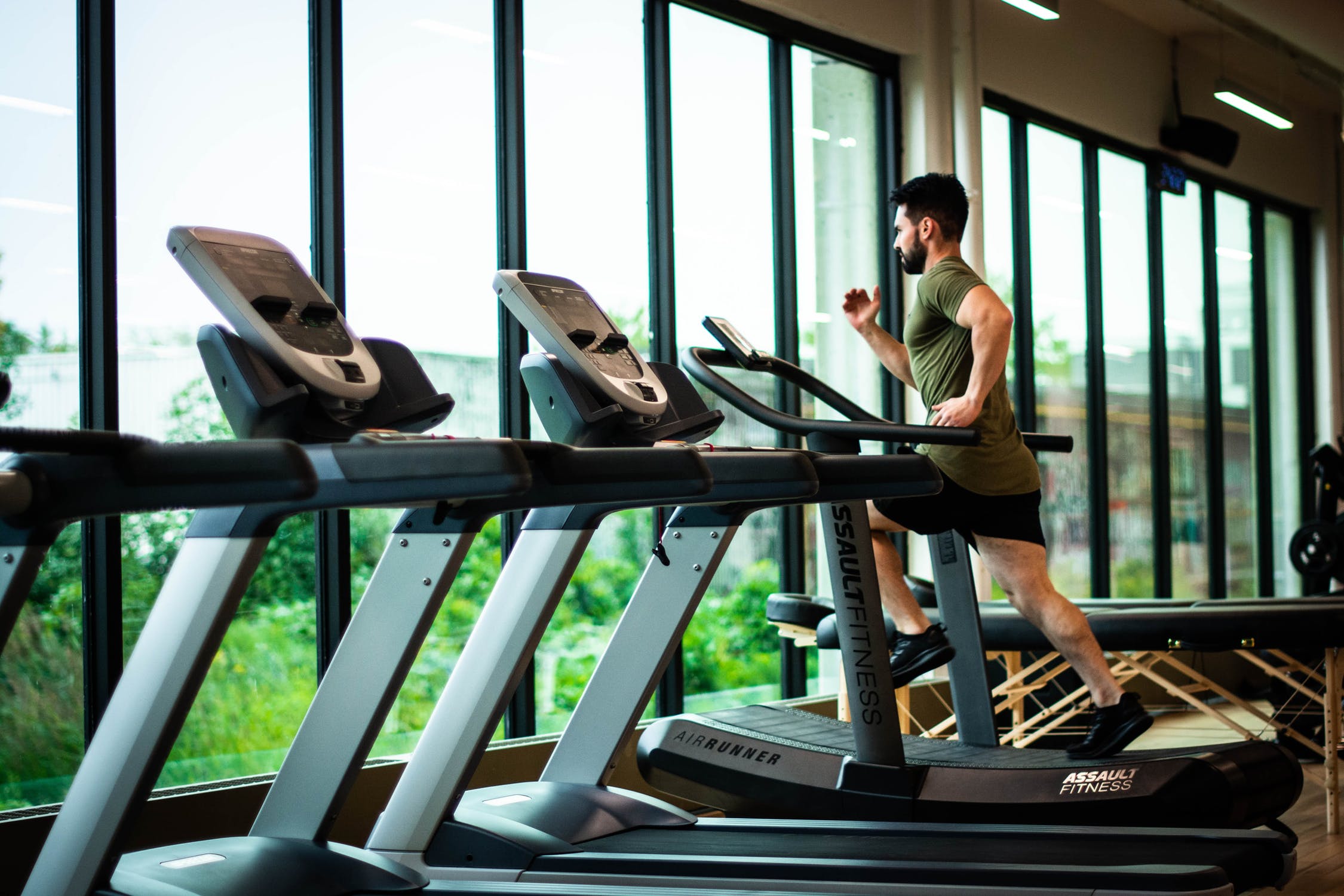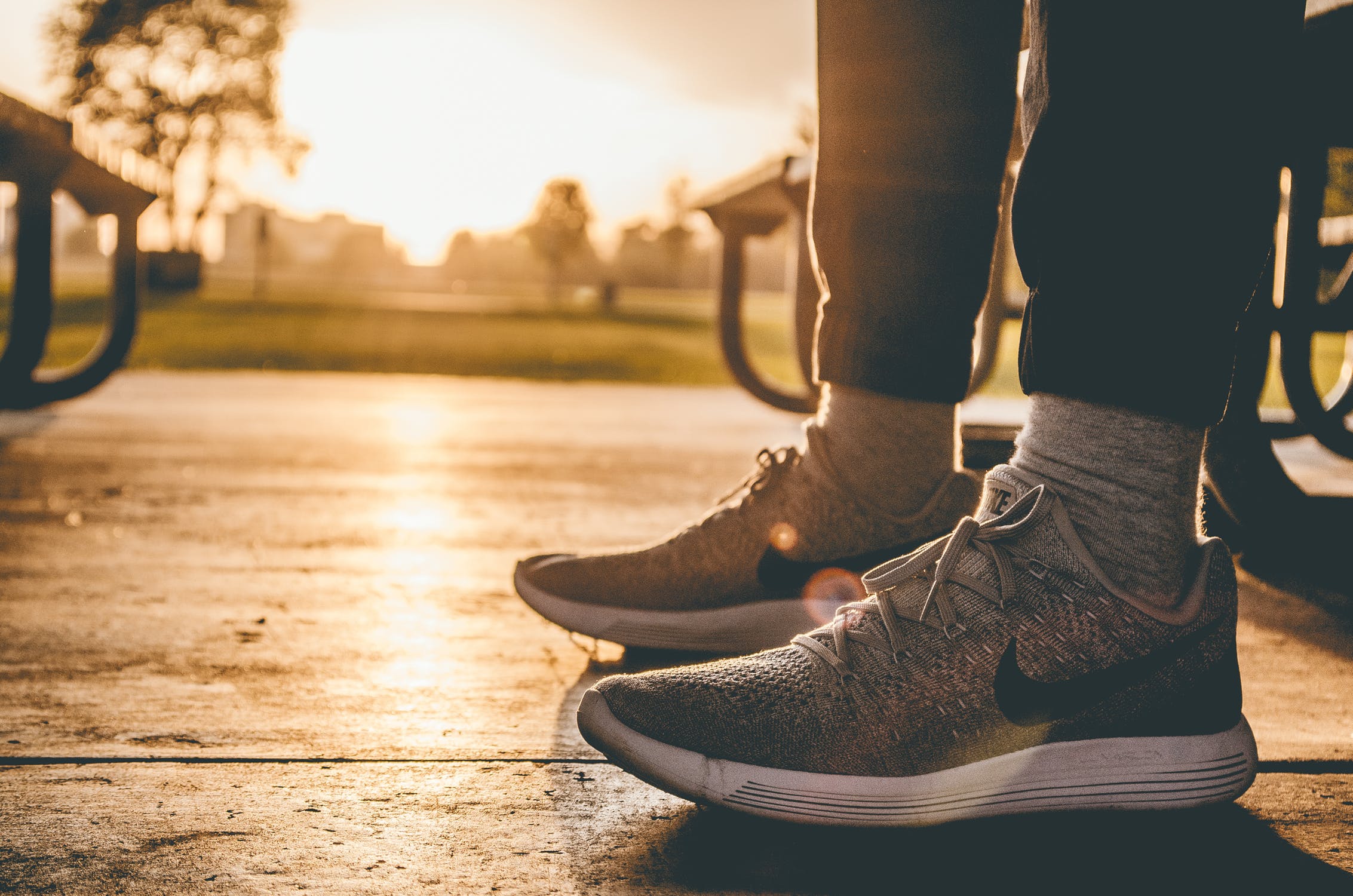How to Start Running (And Why So Many People Fail)
Running is something a lot of us know that we should be doing. We’re often told that it burns calories, tones muscle and improves fitness. But despite all this, we regularly find it hard to stay committed.
Why exactly is that?
It actually comes down to a number of things but the biggest problem is that it’s hard work. It’s incredibly taxing on the body, requires huge amounts of energy and is something that most of us are not at all used to. In this post, we’ll look at how to overcome those obstacles.
The Best of Intentions
The big problem in many cases, is that people hoping to start running begin with too much ambition. Instead of aiming to gradually start running, they set off on their first outing and intend to run for huge distances and burns tons of calories in the process.
What they forget, is that this is something entirely foreign to their bodies. They are not used to running these kinds of distances and they have no experience with it. Most of us spend 8 hours a day or more sitting in just one position and typing, or answering calls. We don’t exert ourselves much and certainly don’t go for long runs!
What’s more, is that those days at work are stressful and tiring in their own way. When we get home, we are often far too tired to play with the kids – let alone go out running!
The one time we do manage it, we will very often then push ourselves to the point where it is very unpleasant and we have really tested ourselves. It’s no wonder we can’t bring ourselves to do it three times a week!
The Solution
So what is the solution? The answer is to stop pushing yourself and to stop expecting too much from your own body.
Instead, aim to get started slowly and to begin with at least, focus on learning to run and on learning to like running rather than trying to see immediate results! Set out on your first jog but just go at whatever pace is comfortable and stop when you’re done.
While it might not seem like much, this is enough to gradually start introducing you to the world of running. And if you aim to do this just once a week, you’ll see it starts to have incredible knock-on effects in every other part of your life!




